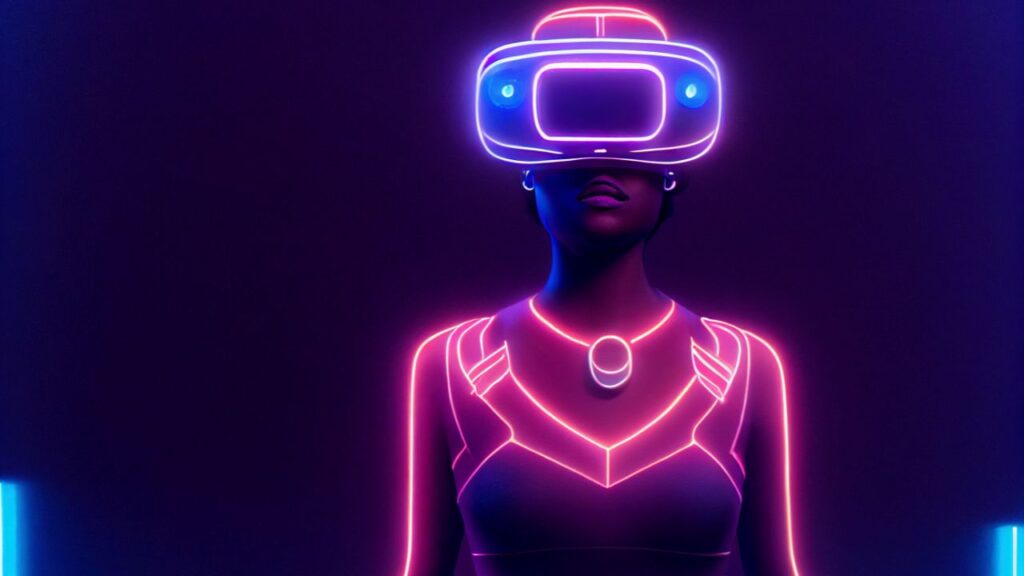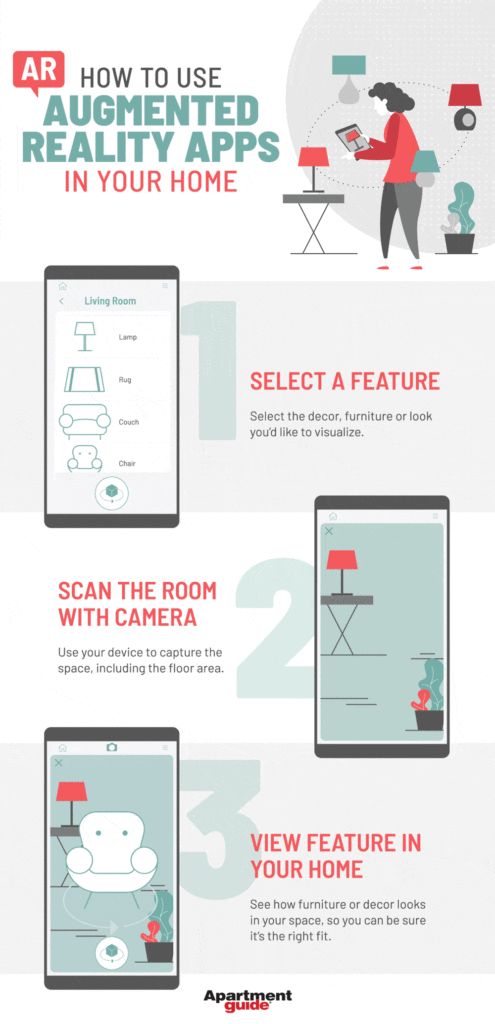Mixed reality (MR) and augmented reality (AR) are two of the most significant technologies that have the potential to change the way we interact with the real world. While augmented reality has been around for a while now, mixed reality is a relatively new concept that is taking the world by storm. But how exactly does mixed reality expand on augmented reality? This is a question that many people are asking, and in this article, we will explore the differences between the two and how mixed reality is taking the technology to new heights.
Augmented reality is a technology that overlays digital information onto the real world, whereas mixed reality goes one step further by merging the digital and physical worlds to create an entirely new environment. The difference between the two lies in the way they interact with the environment. While AR enhances the real world by adding digital elements, MR creates a new space that is a combination of the virtual and physical world. This means that in mixed reality, users can interact with digital objects in the real world, and those objects can interact with the environment in real-time, creating a whole new level of immersion.
Mixed Reality (MR) is an extension of Augmented Reality (AR) that combines virtual reality and physical reality to create an immersive 3D environment. MR is more interactive than AR, allowing users to interact with digital content in the physical world. It also allows users to create their own virtual worlds and customize the environment. MR technology can be used in a variety of applications, such as gaming, education, enterprise, and healthcare.

How Does Mixed Reality Expand on Augmented Reality?
Mixed reality (MR) is an emerging technology that is increasingly being used in different industries, particularly in entertainment, healthcare, and education. MR combines elements of virtual reality (VR) and augmented reality (AR) to provide users with a more interactive and immersive experience. MR technology is used to create digital objects that appear to be part of the physical world around us. It is capable of blending digital content with the real world in real-time, creating a more realistic and immersive experience.
MR technology is quickly becoming a popular choice for many businesses and organizations. It can be used to create virtual training simulations, interactive learning experiences, and augmented reality applications. This technology is also becoming increasingly popular for gaming, entertainment, and educational purposes.
What is Mixed Reality?
Mixed reality (MR) is an advanced form of augmented reality that combines elements of virtual reality and augmented reality to enable users to interact with digital objects in a real-world environment. Unlike virtual reality, which creates an entirely virtual environment, MR blends digital content with the physical world, creating a more realistic experience. This technology enables users to interact with digital objects, such as 3D models, in the physical world.
MR technology is used in a variety of applications, such as virtual training simulations, interactive learning experiences, and augmented reality applications. This technology is also becoming increasingly popular for gaming, entertainment, and educational purposes. MR technology is quickly becoming a popular choice for many businesses and organizations due to its ability to create a more engaging and immersive experience.
How Does Mixed Reality Expand on Augmented Reality?
Mixed reality takes augmented reality to the next level by allowing users to interact with digital objects in a real-world environment. Unlike augmented reality, which uses a digital image or video to enhance a physical environment, MR creates a more immersive experience by blending digital content with the physical environment. This enables users to interact with and manipulate virtual objects in the real world, creating a more realistic and engaging experience.
MR technology can be used to create virtual training simulations, interactive learning experiences, and augmented reality applications. This technology is also becoming increasingly popular for gaming, entertainment, and educational purposes. MR technology is quickly becoming a popular choice for many businesses and organizations due to its ability to create a more engaging and immersive experience.
Additionally, MR technology can be used to create virtual reality environments, allowing users to explore and interact with digital content in a 3D environment. MR technology can also be used to create augmented reality applications, which enable users to view and interact with digital objects in the physical world.
Frequently Asked Questions
Mixed reality (MR) is an interactive experience that combines both physical and digital elements in a real-world environment. MR takes augmented reality (AR) a step further by integrating the real and virtual world in ways that allow for a more interactive and immersive experience.
What is Mixed Reality?
Mixed reality (MR) is a term describing an interactive experience that combines both physical and digital elements in a real-world environment. MR is an extension of augmented reality (AR) and virtual reality (VR), taking the best of both worlds and combining them in ways that allow for a more interactive and immersive experience.
MR blends the real-world with the digital world in a way that allows users to interact with digital elements as if they were actually present in the environment. With MR, users can use their hands to interact with the digital elements, or use other objects to manipulate them. This creates a much more natural and lifelike experience than traditional AR and VR experiences.
How Does Mixed Reality Expand on Augmented Reality?
Mixed reality expands on augmented reality (AR) by allowing users to interact with digital elements in a more natural and realistic way. With MR, users can use their hands to interact with digital elements, or use other objects to manipulate them. This creates a much more immersive experience than traditional AR experiences.
In addition, MR also allows for a more immersive experience than traditional VR experiences. With MR, users can use their hands to interact with the digital elements, or use other objects to manipulate them. This allows for a much more realistic experience than traditional VR experiences. As well, MR allows for a greater level of interaction with the environment, as users can interact with both digital and physical elements. This creates a much more realistic and engaging experience than traditional VR or AR experiences.
What are the Benefits of Mixed Reality?
There are several benefits to using mixed reality for various applications. One of the main benefits of MR is that it allows for a more immersive and realistic experience than traditional augmented or virtual reality experiences. With MR, users can interact with digital elements in a more natural and lifelike way, allowing them to better understand and experience the environment they are in.
In addition, MR is also more cost-effective than traditional AR and VR experiences. MR requires less expensive hardware, as users can use their hands or other objects to interact with the digital elements. This makes MR a more cost-effective solution for businesses and organizations looking to create immersive experiences for their customers or employees.
What are the Applications of Mixed Reality?
Mixed reality has a wide range of applications across various industries. It can be used for gaming and entertainment, as well as educational, training, and medical applications. MR can also be used in architecture, engineering, and manufacturing, allowing for a more immersive and realistic experience when designing and building structures.
MR can also be used in various marketing and advertising applications, allowing businesses to create more engaging and interactive experiences for their customers. Additionally, MR can be used in retail and hospitality, allowing businesses to create more immersive and realistic shopping experiences for their customers.
What Technologies are Used for Mixed Reality?
Mixed reality is made possible by a variety of technologies, including motion sensors, cameras, projectors, and software. Motion sensors allow users to interact with digital elements in a more natural way, allowing them to manipulate the elements with their hands or other objects. Cameras and projectors allow for a more immersive experience, as they project digital elements onto the physical environment. Finally, software is used to create the digital elements and control how they interact with the environment.
In conclusion, mixed reality represents a natural progression from augmented reality in several ways. With mixed reality, users can enjoy a more immersive experience as it blends virtual objects with the real world seamlessly. Unlike augmented reality, which simply overlays 2D or 3D graphics onto a real-world environment, mixed reality enables the user to interact with the virtual objects in real-time, giving them an unparalleled level of control and engagement.
Furthermore, mixed reality has opened up new possibilities for industries such as healthcare, education, and entertainment. With its ability to create realistic simulations, mixed reality is already being used to train medical professionals, enable remote learning, and enhance the gaming experience. As technology continues to evolve, it is clear that mixed reality will continue to expand on the capabilities of augmented reality, offering a more immersive and interactive experience for users across a wide range of industries.



